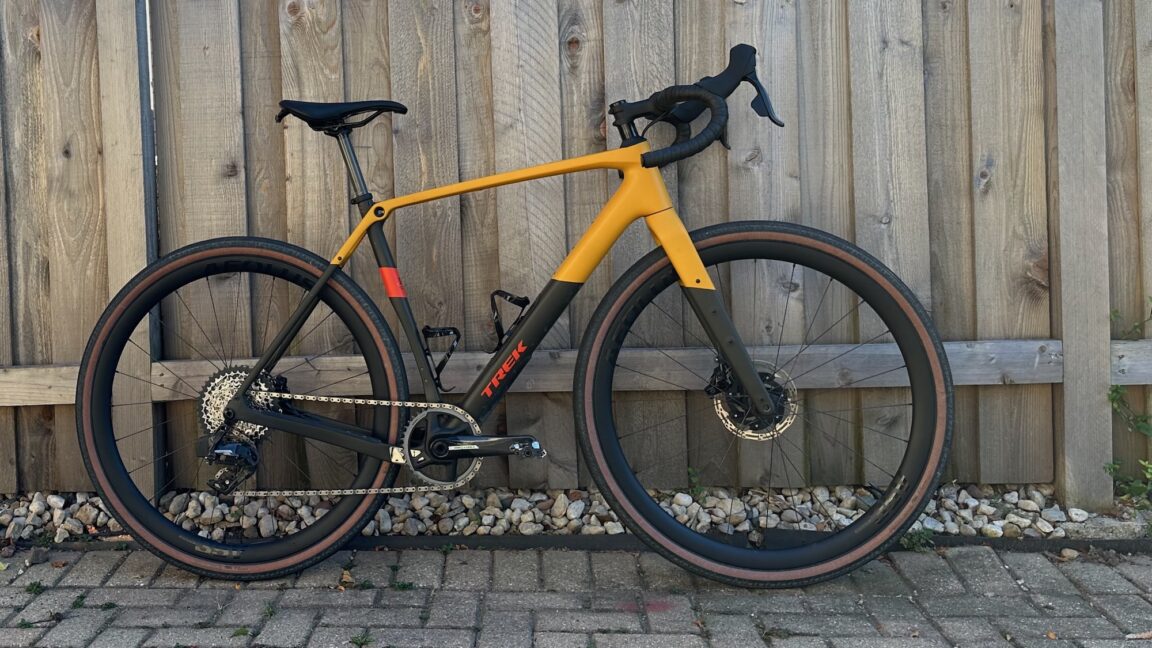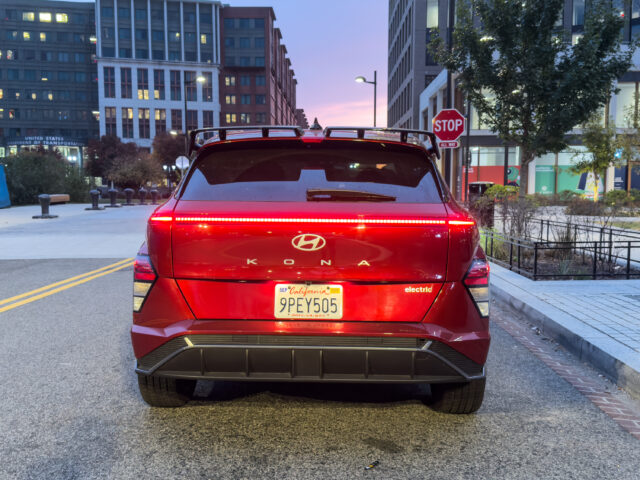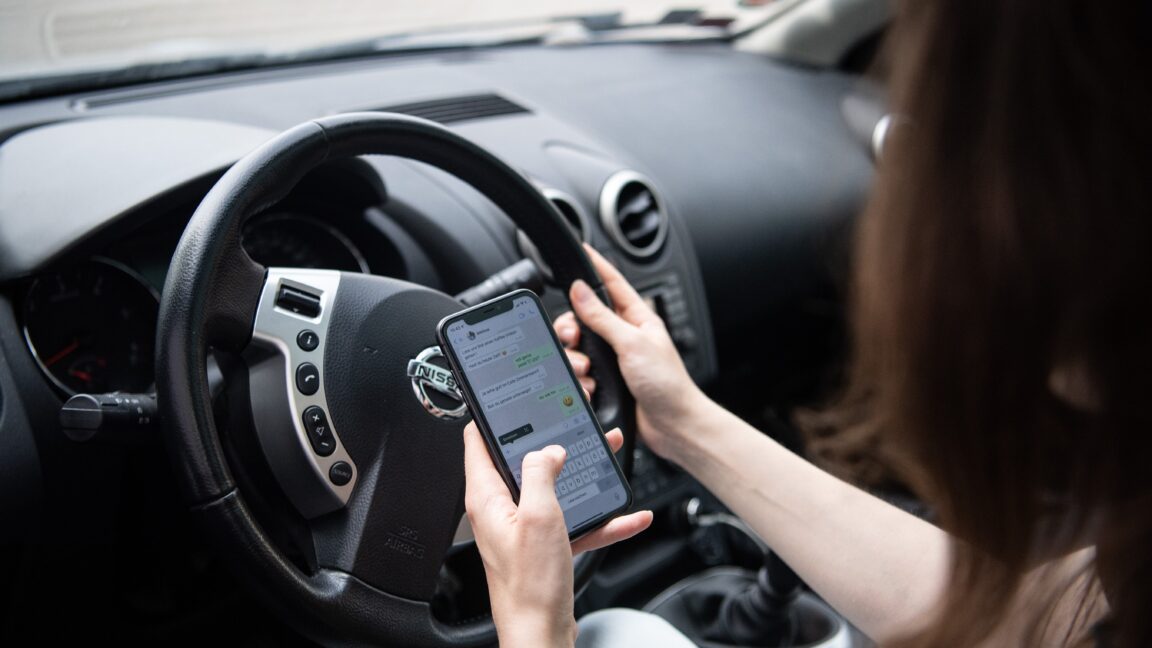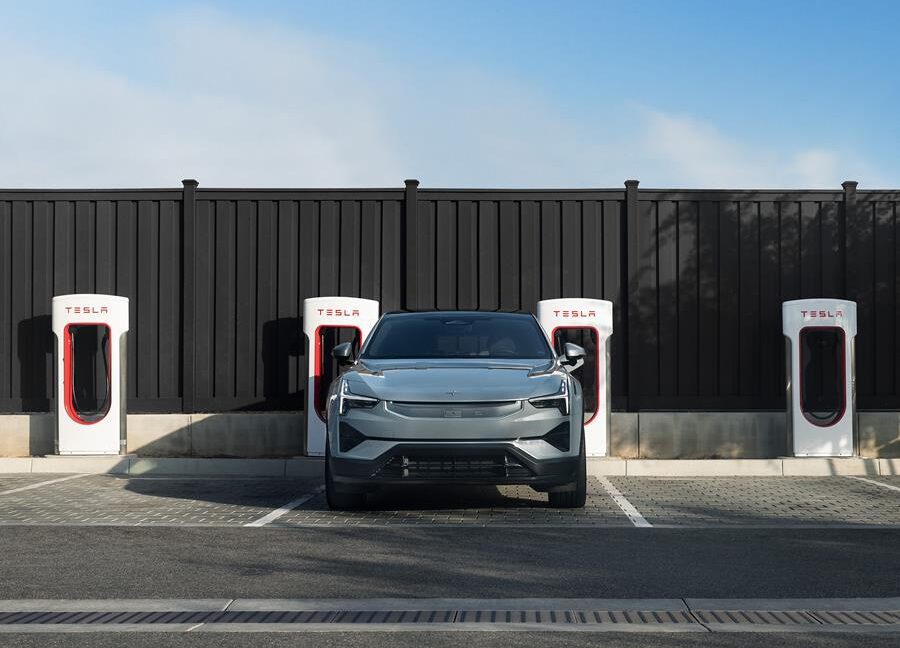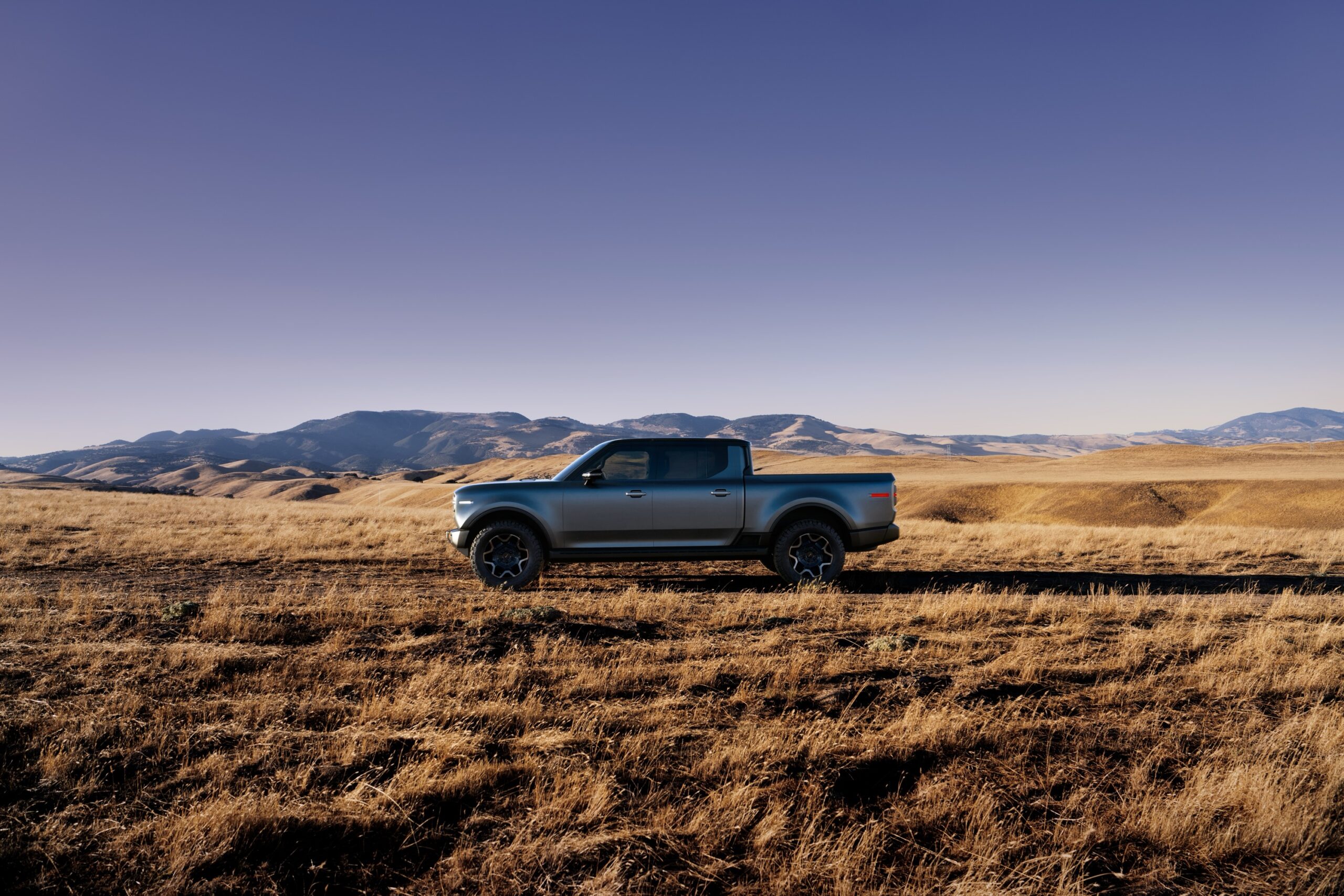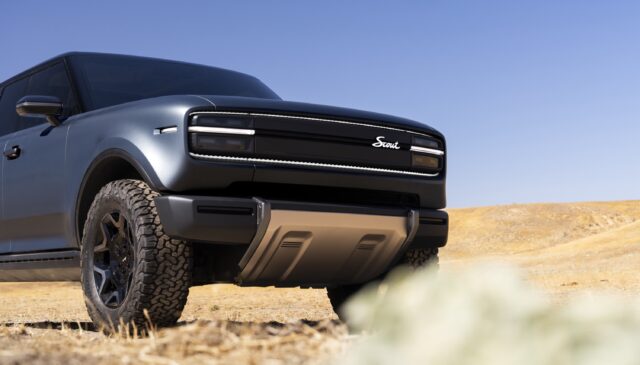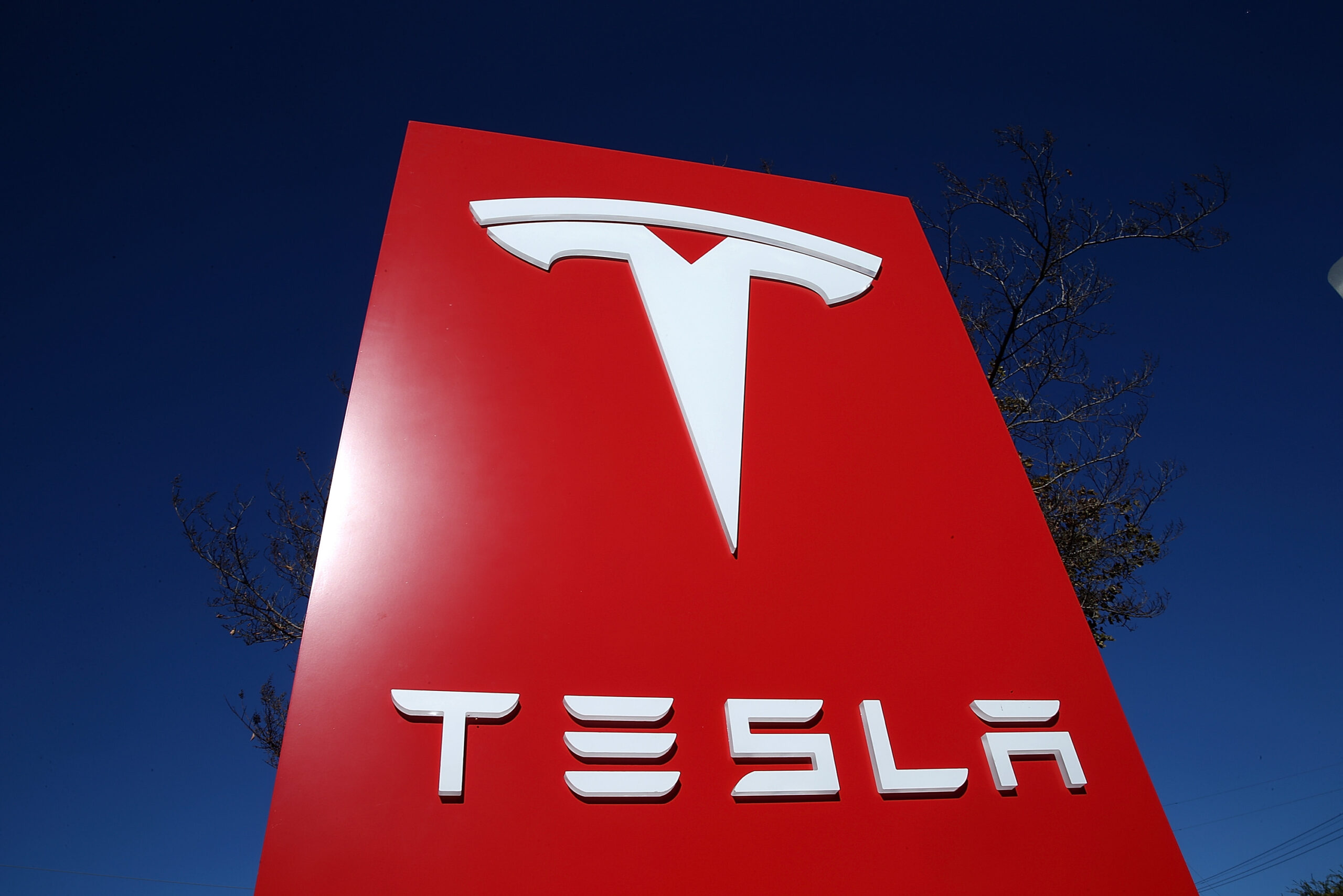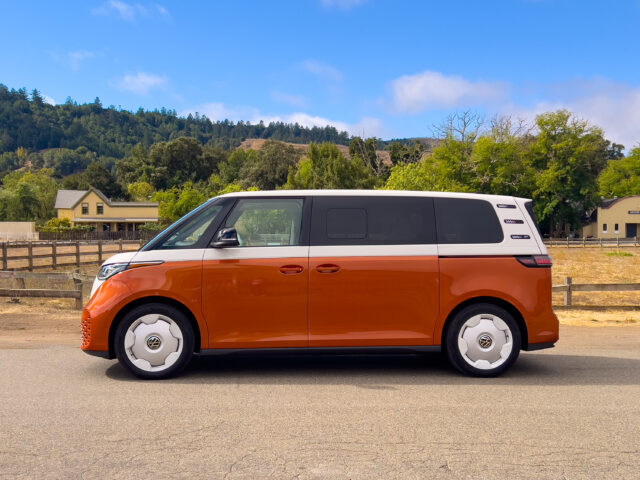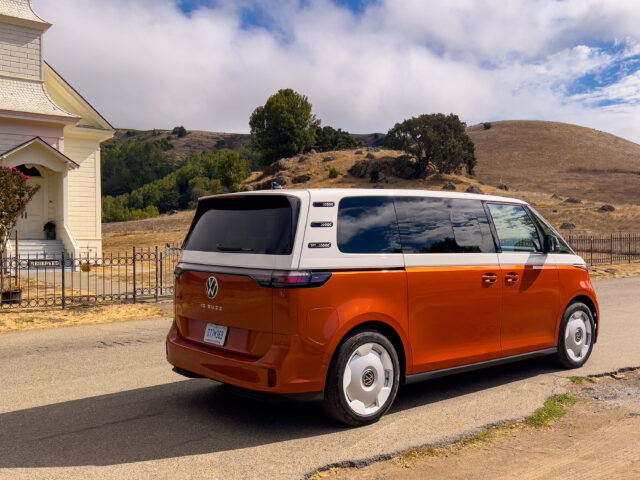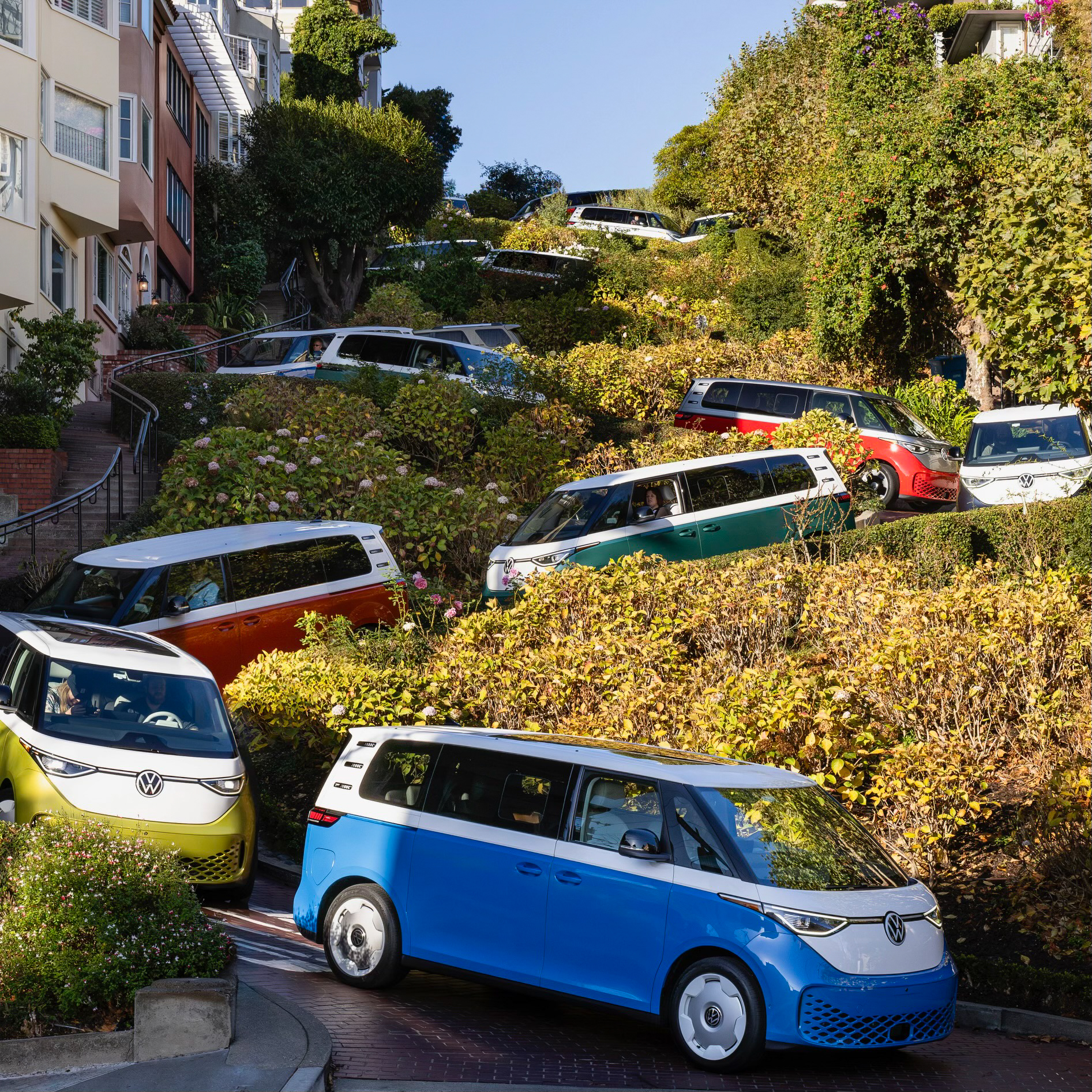Trump’s election win spells bad news for the auto industry
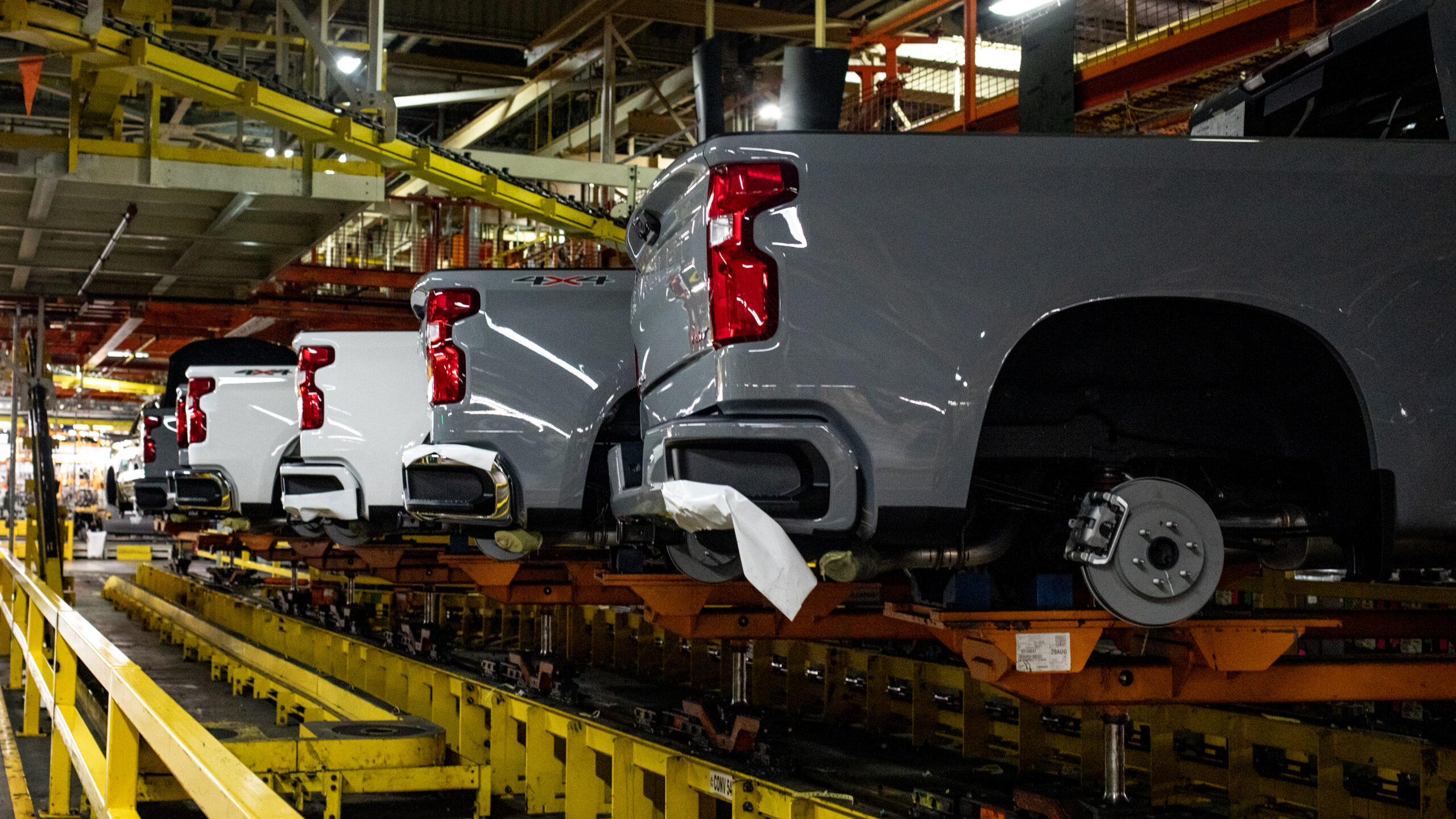
“We encourage members of both parties to support policies that provide business and trade certainty so that EV manufacturers up and down the supply chain can unleash the next chapter of American automotive dominance. The United States’ global competitiveness depends on it,” ZETA said to Ars in a statement.
Tesla off the hook?
Tesla, however, should be placed to do better under the next Trump administration. Its CEO Elon Musk has taken a hard right turn politically over the past couple of years, funding republican political causes to the tune of tens of millions of dollars before contributing more than $150 million to Trump’s reelection—a far cry from the Musk of the early 2010s who claimed that climate change was the most pressing issue facing humanity.
As it stands, the future looks very bright for Musk and Tesla. In recent years, the Texas-based automaker has been the subject of at least 14 safety defect investigations by the National Highway Traffic Safety Administration, and many Tesla watchers believed that NHTSA has been getting ready to order a costly hardware recall due to the dangerous nature of Tesla’s “Full Self Driving” and “Autopilot” driver assistance systems.
But a position for Musk in Trump’s cabinet is well within the bounds of possibility—as a candidate, Trump more than once has suggested making Musk a key advisor or giving him control of one or more government departments. With the keys to the Department of Transportation (and thereby NHTSA) in his pocket, any meaningful regulation of Tesla would be very unlikely.
Perhaps a Musk cabinet position would safeguard the National Electric Vehicle Infrastructure program, however. This $7.5 billion program is building out fast chargers along highway corridors and in underserved communities, and the disbursement of funds by the state DOTs (which administer it) has been glacial, making it a potentially ripe target for cancellation. But Tesla has been a recipient of NEVI funding and stands to benefit further in the future if the program survives.
https://arstechnica.com/cars/2024/11/ev-subsidies-out-new-import-tariffs-in-how-trumps-win-affects-autos/
